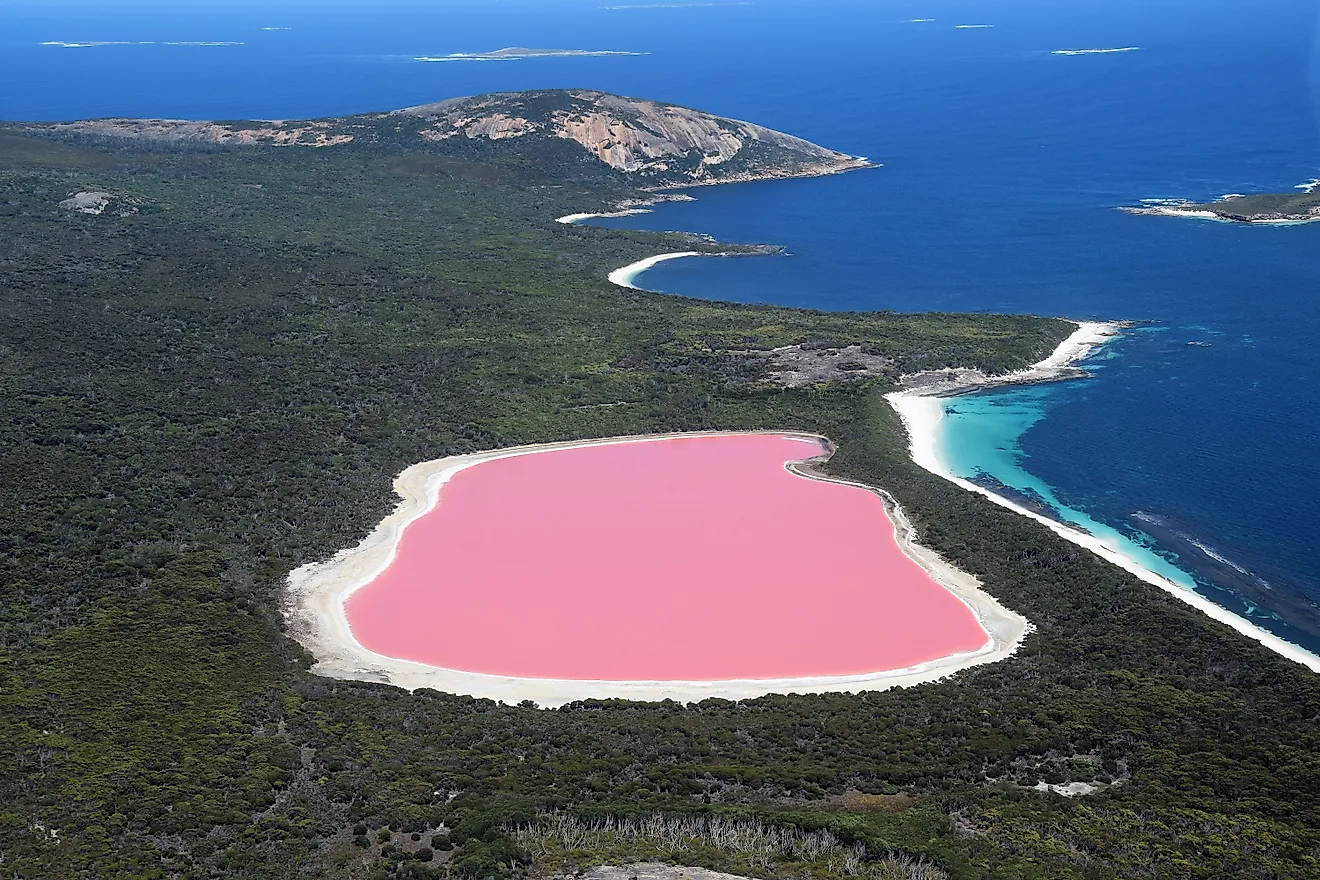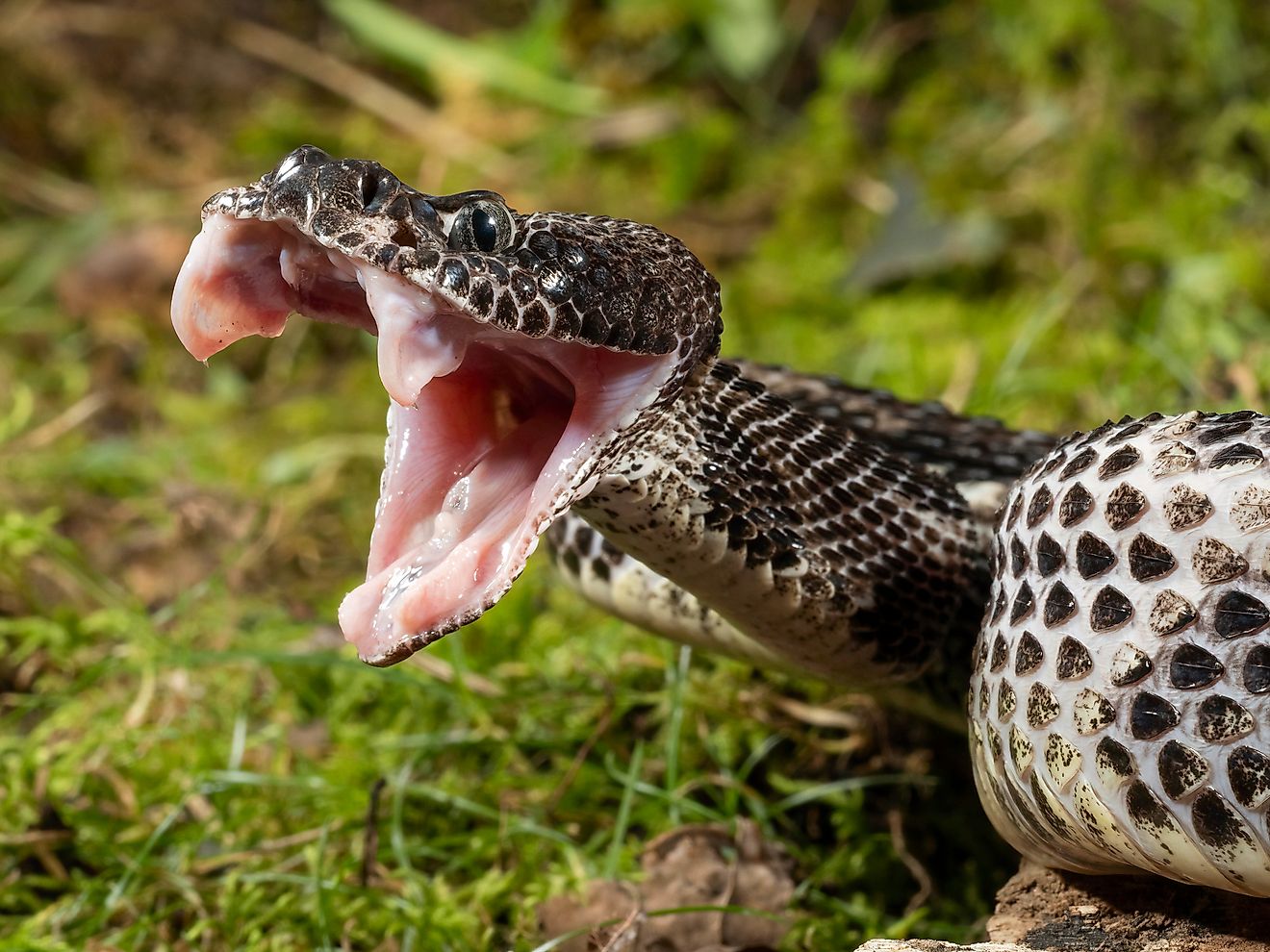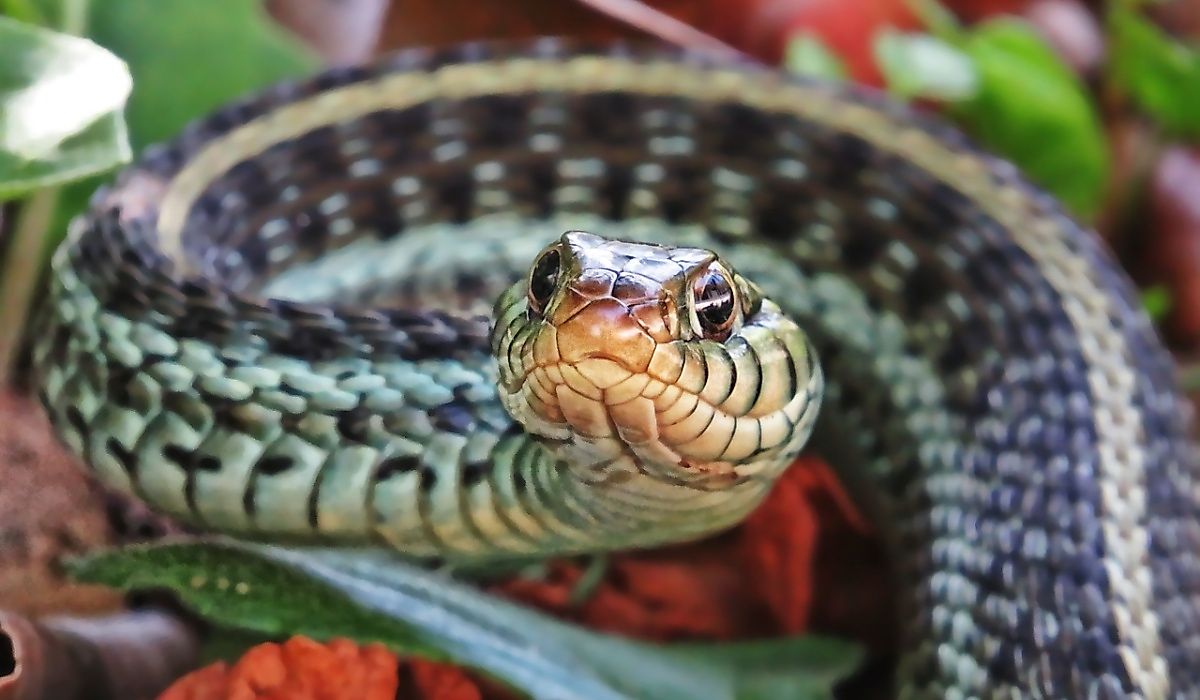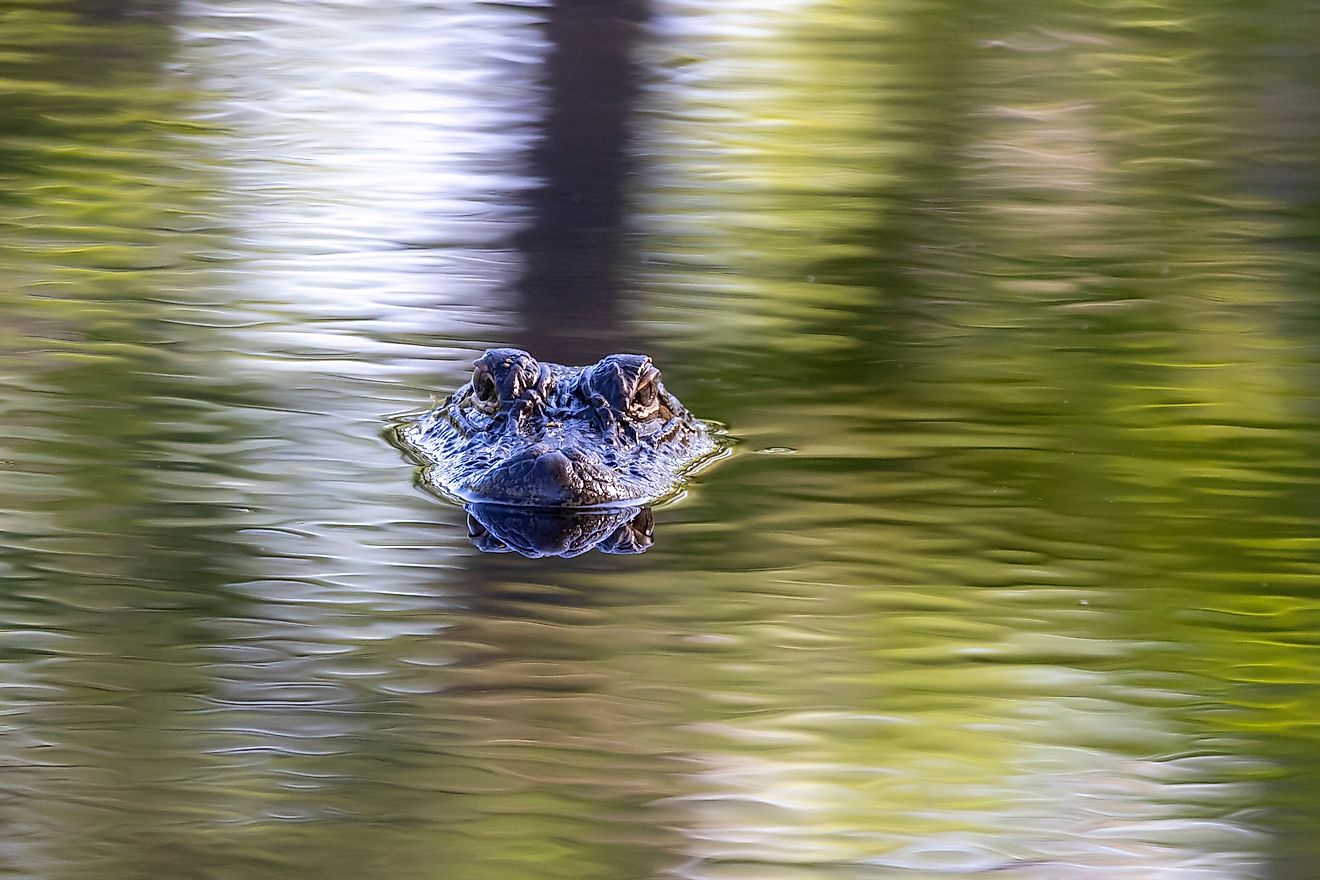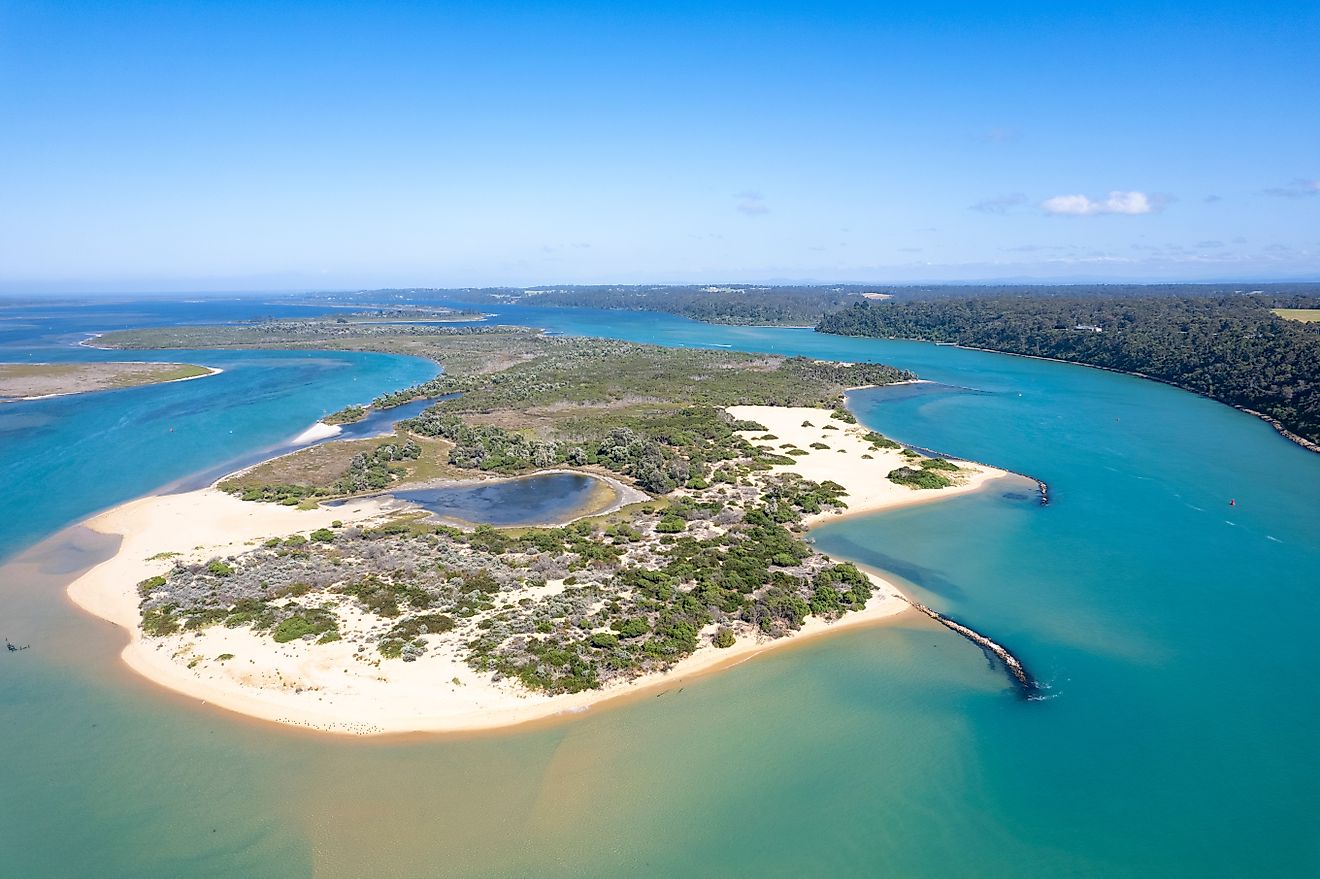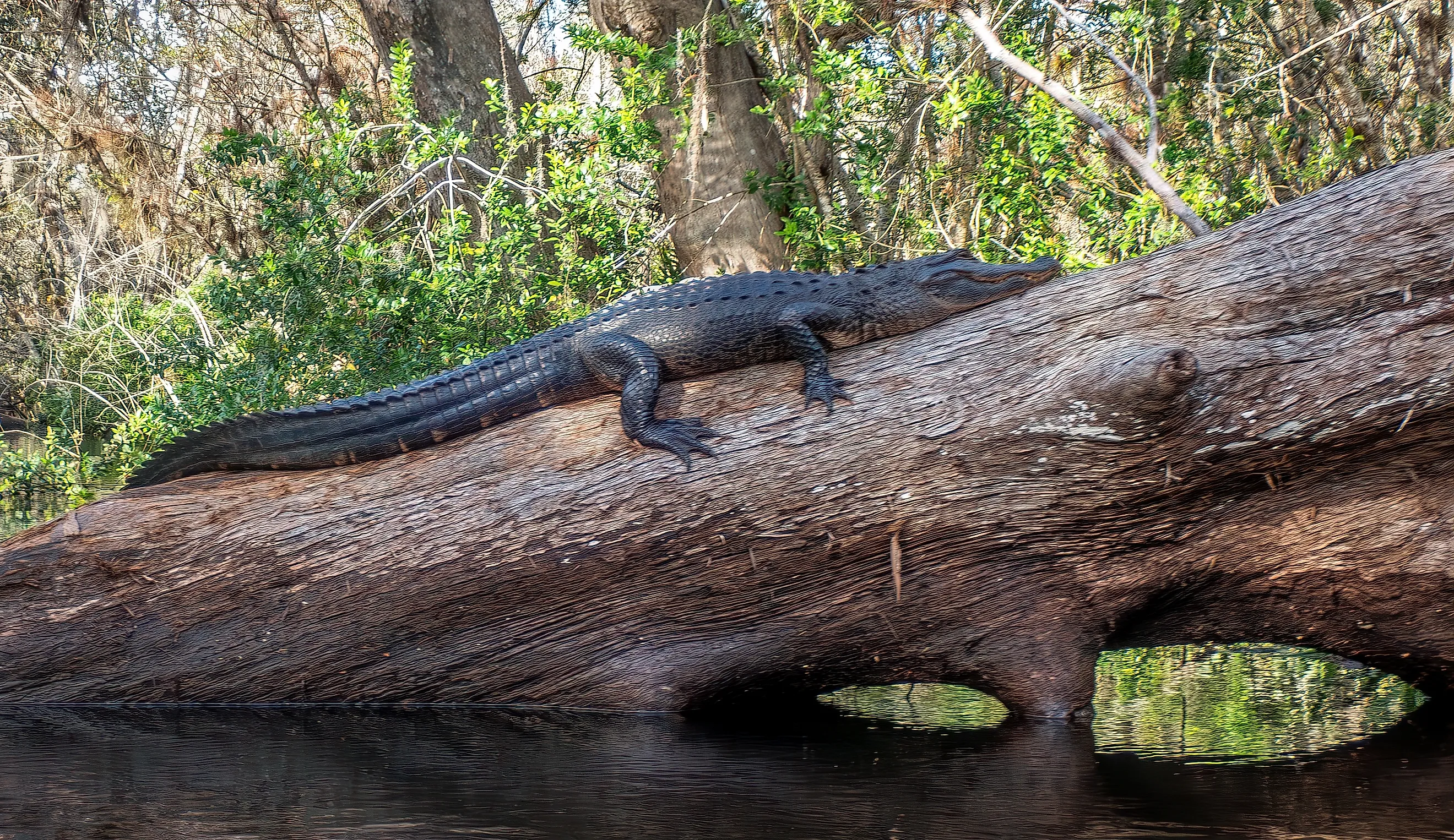
8 Most Alligator Filled Rivers In Florida
Florida is home to some of the wildest, most biodiverse waterways in the United States, and many of them are ruled by one unforgettable resident: the American alligator. From the north-flowing St. Johns to the meandering Peace and the swamp-fed Suwannee, these rivers wind through forests, marshes, springs, and estuaries where thousands of alligators thrive. Whether you’re paddling a Wild and Scenic River, cruising through manatee habitat, or spotting gators sunning on remote riverbanks from a turquoise spring, Florida offers some of the best opportunities in the U.S. to observe these ancient reptiles in their natural environment safely. Here are eight of the most alligator-filled rivers in the Sunshine State, and what makes each one unforgettable.
St. Johns River

The St. Johns River is the longest in Florida. It flows, uncharacteristically, north for 310 miles from its marshy headwater of Blue Cypress Lake until it empties into the Atlantic Ocean east of Jacksonville, where it meets the St. Johns River Inlet. The river is teeming with alligators, with estimates putting the population at over 5,000. Explore the wildlife-rich river with any one of dozens of available eco-tours, like the St. Johns River Nature Cruise from Blue Spring State Park Adventures. The cruise leaves from Blue Spring State Park in Orange City, where you’ll encounter a fantastic array of wildlife like manatees, herons, and alligators.
With so many alligators calling the St. Johns River home, it’s no surprise that the state tightly regulates how people can interact with them. In the state of Florida, alligators are only allowed to be killed or trapped by individuals with a nuisance alligator permit from the Florida Fish and Wildlife Conservation Commission (FWC), a licensed trapper, or a hunter during regulated alligator hunts. In April of 2025, a man shot and killed 13 alligators at the St. Johns River over the course of several days. According to Florida Statutes, illegally killing an American alligator is a third-degree felony, which can result in imprisonment for up to five years and/or a fine of up to $5,000.
Suwannee River

The Suwannee River begins in the Okefenokee Swamp in southeastern Georgia. It flows about 246 miles south and west, emptying into the Gulf of Mexico at Suwannee Sound in Florida. More than 170 miles of the river make up the Suwannee River Wilderness Trail, a collection of Florida state parks, preserves, and wilderness areas, including the Lower Suwannee National Wildlife Refuge. Unlike other refuges, usually established to protect a specific species, the sanctuary was built to protect the last 20 miles of the historic Suwannee River.
The 53,000-acre refuge encompasses 194 miles of public roads and trails where you can hike, bike, fish, photograph, drive, and view wildlife like white-tailed deer, eastern wild turkeys, gray fox, bald eagles, and river otters. The 9-mile Nature Drive is a popular destination for walking, cycling, or driving through a diverse range of habitats, where alligators are frequently spotted.
Apalachicola River

The 100+ mile-long Apalachicola River begins near the Florida-Georgia border near the town of Chattahoochee. It flows south through the Florida Panhandle and empties into the Gulf of Mexico near the historic fishing village of Apalachicola. American alligators are abundant in the waters of the slow-moving coastal plain river, so much so that an Apalachicola River gator makes the FWC’s top 10 list of largest alligators taken from the wild as part of the statewide alligator nuisance program, with a 14-foot and one 1/16-inch beast.
You don’t have to travel far from the river’s edge to see alligators. In 2020, a Florida fisherman legally caught a 13-foot alligator in the Apalachicola River that weighed 1,008 pounds. According to news reports, he’d been watching the gator from his home on the river’s edge for 3 years before finally catching the reptile. More recently, in May of 2025, three alligators were captured in a residential area of Blountstown and quickly released back into the Apalachicola River.
Peace River
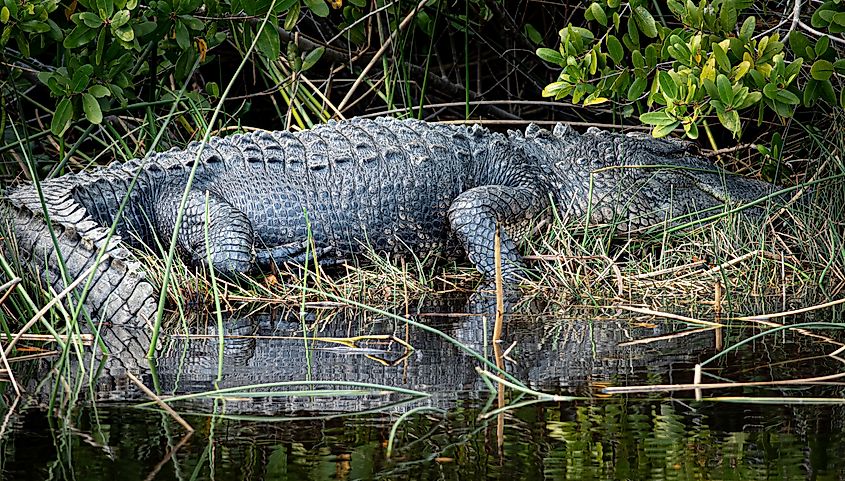
Renowned as an excellent place for fossil hunting, particularly shark’s teeth and mastodon bones, the meandering 106-mile Peace River runs through peaceful small towns like Bartow, Zolfo Springs, and Arcadia, before emptying into the Gulf of Mexico at Punta Gorda. The river is also a paddler’s paradise, with plenty of opportunities to see wildlife along its length on an eco-tour, or on your own with a canoe rental from Florida’s oldest outfitter, Canoe Outpost in Arcadia. About 70 miles of the Peace River is a designated paddling trail, where you can expect to see glossy ibis, ospreys, and alligators among the cypress trees, mistletoe, and Spanish moss strewn river banks. Spend a day paddling the river, sifting for fossils in the shallows, and then stay overnight at one of the wilderness campsites at the family-owned Peace River Campground. That said, the river is also filled with alligators, which are often spotted by fishermen and paddlers. In 1977, a man was attacked while swimming in the river, although there haven’t been many dangerous encounters in recent years.
Withlacoochee River

Like the St. Johns River, the Withlacoochee River flows northward from the Green Swamp in Central Florida for 141 miles before meeting the Gulf of Mexico at Yankeetown. An estimated 600 alligators inhabit the Withlacoochee River. The river’s journey winds through remote forests, swamps, and wetlands, where alligators are a common sight. Madison Blue State Park is a standout attraction on the Withlacoochee River, where the turquoise limestone pools pour into the tea-colored river. A popular spot for swimming and cave diving, the spring water is too cold for alligators, but the surrounding riverbanks make excellent habitats for gators.
For an almost guaranteed alligator encounter, head south to Lake Panasoffkee, a major outlet connected to the Withlacoochee River, and home to one of the region’s densest gator populations. One of the best ways to get safely up close and personal with the ancient reptiles is to book a one-hour airboat tour with an operator, such as Swamp Fever Airboat Adventures.
Kissimmee River

The 134-mile-long Kissimmee River, part of the alligator-rich Everglades ecosystem, is estimated to host more than 2,380 gators. It starts in East Lake Tohopekaliga in Osceola County, about a 20-minute drive from the city of Kissimmee, and flows south before emptying into Florida's biggest and most gator-filled lake, Lake Okeechobee, home to an estimated 30,000 alligators, based on the 9,308 alligators counted during a recent census.
The Kissimmee River has a storied past: it was straightened in the 1960s to control flooding after several hurricanes and converted into a 56-mile canal. While the project successfully provided flood protection, it destroyed an ecosystem important to numerous threatened and endangered species. The decline was so dramatic that by the 1990s, Florida launched a massive restoration effort to re-create 44 miles of the river’s natural curves and revive the floodplain ecosystem. Today, 20,000 acres of biodiverse wetlands have been added back, and populations of ibis, sandpipers, and alligators have returned.
Caloosahatchee River
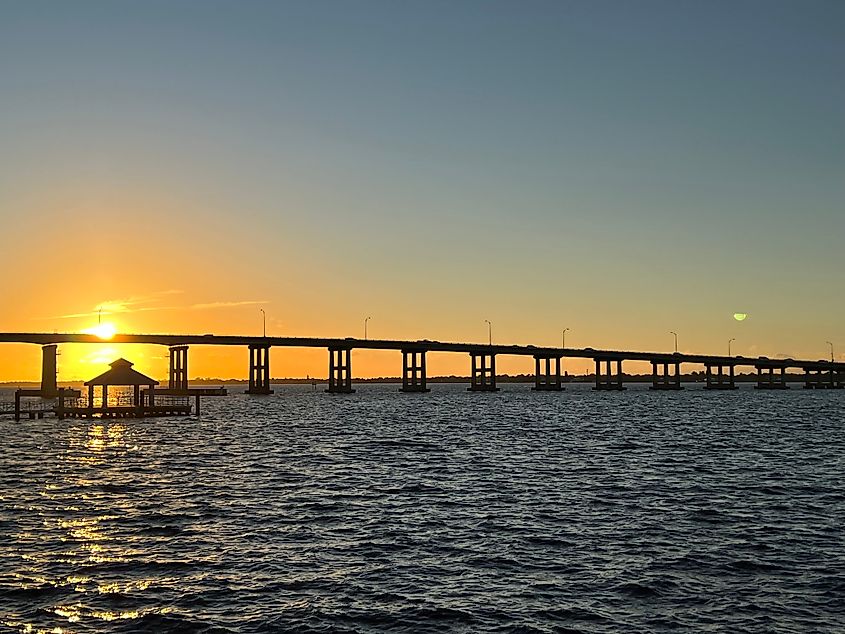
The Caloosahatchee River begins at Lake Hicpochee, and flows for 67 miles through a series of channels and locks until it reaches the Gulf Coast of Florida at San Carlos Bay between Southwest Florida’s Fort Myers and Cape Coral. For outdoor explorers and nature lovers, the Caloosahatchee Regional Park sits on one of the wildest, least developed sections of the river where alligators are often spotted. The park features 768 acres of pine flatwoods, cypress swamps, and oak hammocks. Launch your boat from the Alva boat ramp and explore the river by kayak or canoe. In 2012, a large 11-foot-long alligator attacked a Florida teenager who was swimming. The teen managed to get away, but with noticeable injuries.
Loxahatchee River
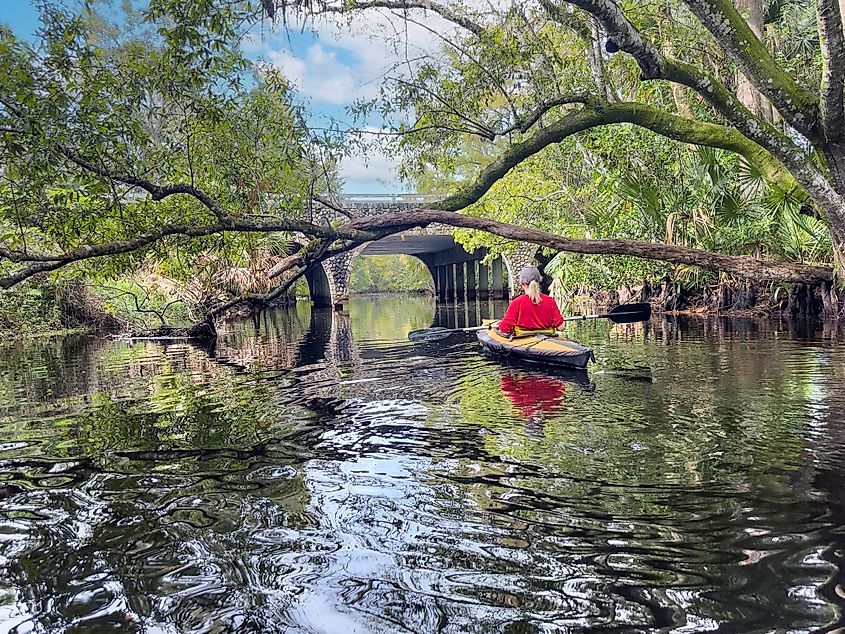
The Loxahatchee River is Florida’s first federally designated Wild and Scenic River. The 7.6-mile-long river is part of a 260-square-mile ecosystem as it meanders through freshwater creeks, then turns into a brackish estuary, and finally empties into the Atlantic Ocean near Jupiter Inlet. Alligators are often spotted in the Loxahatchee River, which flows through the heart of the Jonathan Dickinson State Park. The state park is a top destination for birders, with over 150 species identified, and boaters who can hop aboard the Loxahatchee Queen pontoon boat for a 90-minute tour of the river. Paddling, cycling, camping, glamping, and fishing are also popular activities in the park, alongside wildlife viewing, which includes deer, raccoons, foxes, otters, bobcats, and turtles.
Why Florida’s Rivers Are a Haven for Alligators
From the Everglades to the Gulf Coast, Florida’s rivers remain some of the most reliable places in the world to see American alligators in the wild. Each of these slow-moving, spring-fed, or swamp-born rivers provides an ideal habitat for gators. While the St. Johns and Kissimmee support some of the state’s highest gator counts, quieter rivers like the Suwannee, Peace, and Withlacoochee offer plenty of opportunities for wildlife viewing. Thanks to ongoing conservation and restoration efforts, the eight most alligator-filled rivers in Florida are not just scenic, they’re alive, thriving, and teeming with prehistoric wonders.

